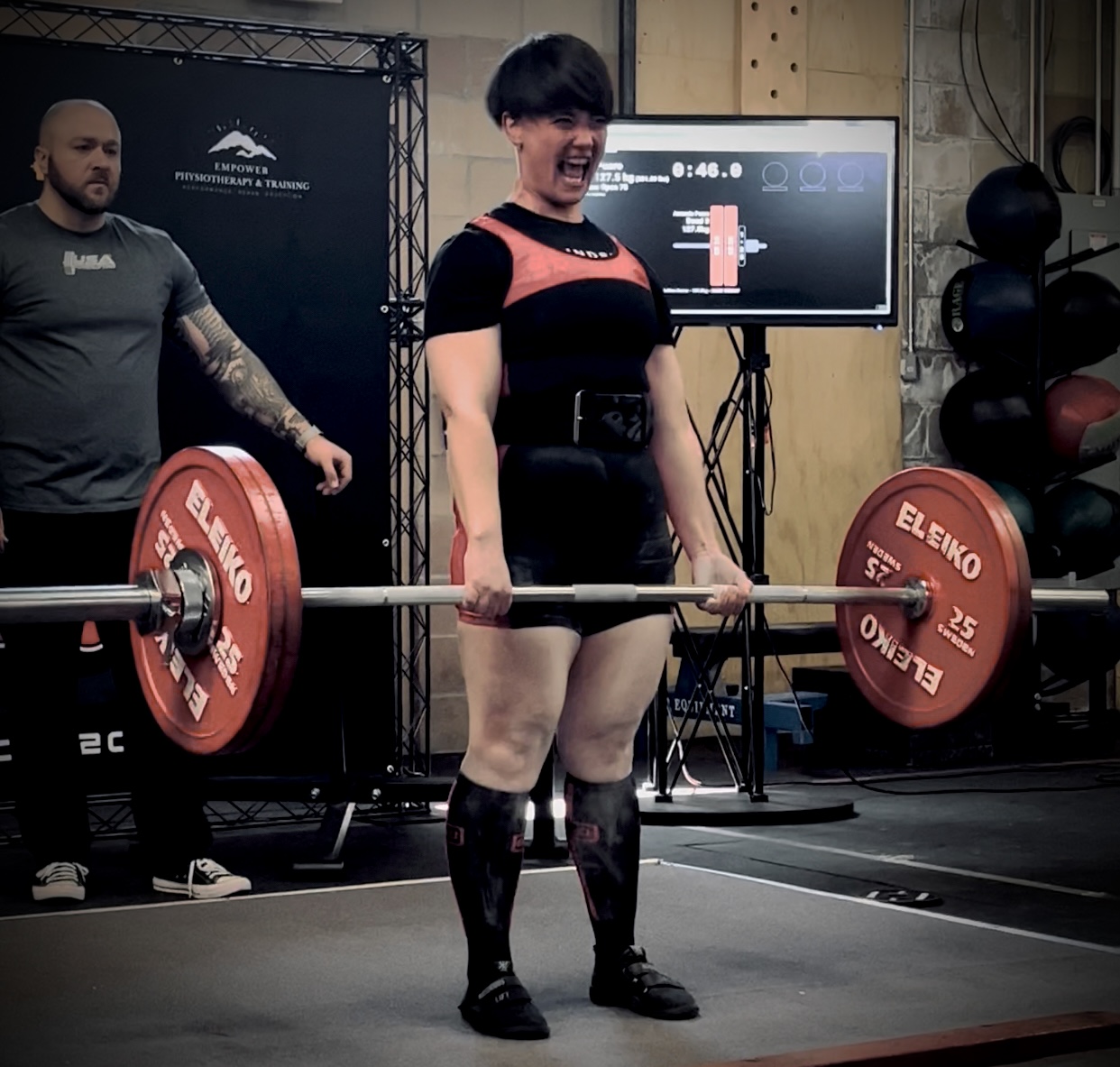Prioritizing Recovery: The Key to Optimizing Your Training
- Coach AP
- Aug 26, 2024
- 2 min read
Strength training is more than just lifting weights; it's a holistic journey that includes proper recovery as a cornerstone of progress. As strength athletes, we often focus intensely on our time in the gym, pushing limits, and striving for new personal bests. However, what happens outside the gym is equally crucial for achieving our fitness goals and maintaining long-term health and performance.
Understanding Recovery
Recovery isn't just about taking days off or getting enough sleep (though these are crucial components). It encompasses a range of practices that support the body's ability to repair and adapt to the stress of training. Here are some essential aspects of recovery that every strength athlete should prioritize:
1. Nutrition
Fueling your body with the right nutrients is fundamental to recovery. Protein, carbohydrates, and fats play vital roles in muscle repair, glycogen replenishment, and overall energy levels. Aim for a balanced diet that supports your training intensity and goals. Consider timing your meals around workouts to optimize nutrient absorption and muscle recovery.
2. Hydration
Proper hydration is often underestimated but critical for performance and recovery. Water regulates body temperature, aids in nutrient transport, and helps remove waste products from muscles. Drink water consistently throughout the day, and consider electrolyte replenishment after intense workouts or in hot conditions.
3. Sleep
Quality sleep is when your body does most of its repair and regeneration. Aim for 7-9 hours of uninterrupted sleep per night. Create a sleep-friendly environment by minimizing light and noise, and establish a regular sleep schedule to support your body's natural circadian rhythms.
4. Active Recovery
Active recovery involves low-intensity activities that promote blood flow and muscle relaxation without causing additional stress. Examples include light jogging, swimming, yoga, or mobility exercises. These activities help flush out metabolic waste and reduce muscle stiffness, enhancing overall recovery.
5. Mobility and Flexibility
Maintaining good mobility and flexibility through stretching, foam rolling, or targeted mobility drills can prevent injuries and improve movement efficiency. Incorporate these practices into your routine to address tight muscles and maintain joint health.
6. Mindset and Stress Management
Stress can impact recovery and performance. Techniques such as meditation, deep breathing exercises, or simply taking time to relax and unwind can help manage stress levels. A positive mindset and mental resilience are also crucial for staying motivated and committed to your training goals.
7. Recovery Modalities
Explore additional recovery modalities such as cryotherapy, contrast baths, massage therapy, or compression garments, which can aid in muscle recovery and reduce inflammation. Experiment with different methods to find what works best for your body and training regimen.
In conclusion, optimizing recovery is essential for maximizing strength gains, preventing injuries, and sustaining long-term progress as a strength athlete. By prioritizing nutrition, hydration, sleep, active recovery, mobility, stress management, and recovery modalities, you can support your body's ability to adapt and thrive. Remember, your gains are made not only in the gym but also in how well you recover outside of it. Make recovery a priority, and watch as your strength and overall fitness reach new heights.
Strength training is a journey that requires dedication both inside and outside of the gym. By prioritizing recovery, you can enhance your performance, prevent injuries, and ensure longevity in your athletic pursuits.


Comments